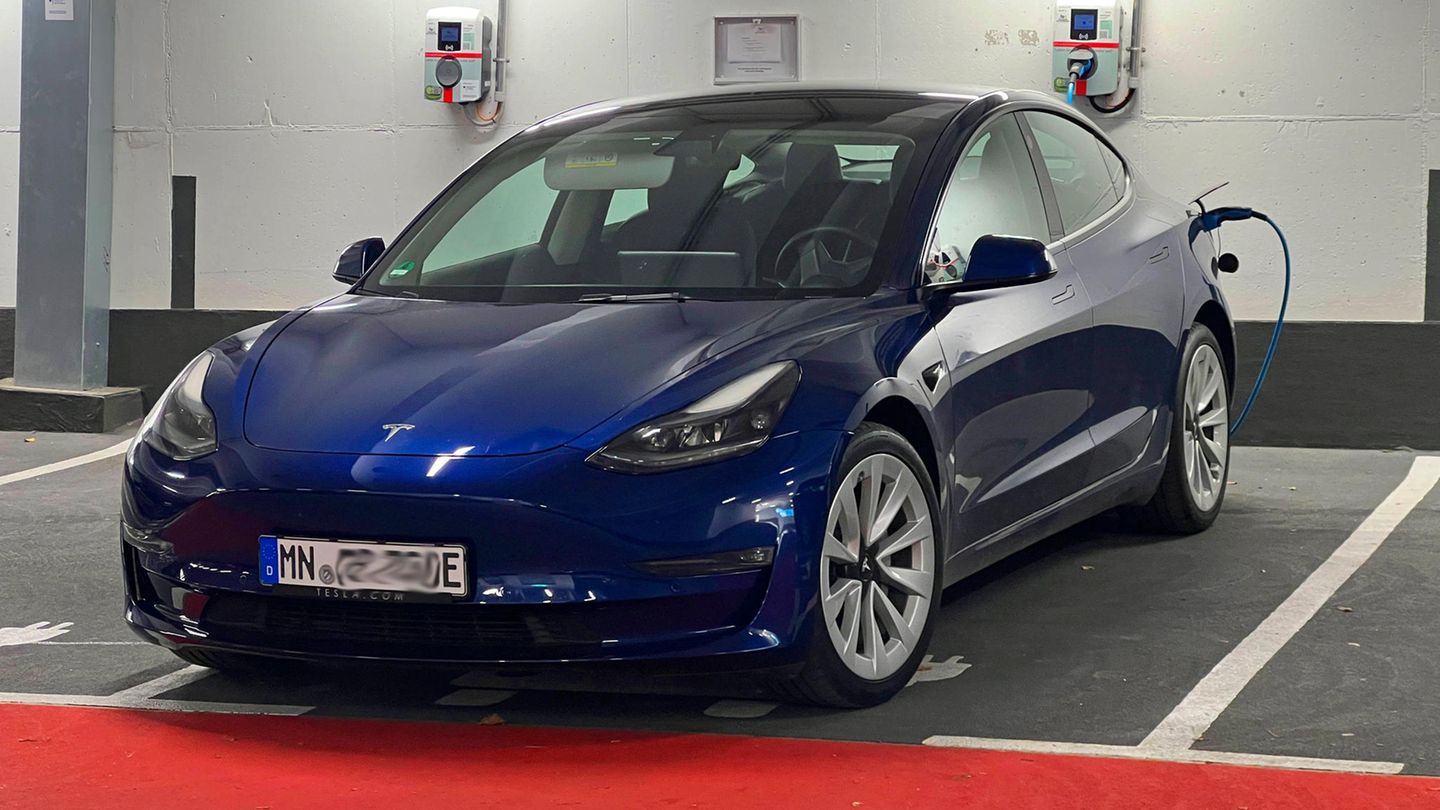mobility
TÜV report: Every fifth car fails, Tesla is particularly vulnerable
Copy the current link
The TÜV record is mixed: around 20 percent of the cars have “significant” or “dangerous defects”. Electric cars, especially from Tesla, even at a young age.
It is available. It shows: One in five cars in Germany does not pass the general inspection (HU) because there are “significant” or “dangerous defects”. The TÜV collected the figures from July 2023 to June 2024 for 10.2 million vehicles. A total of 228 models were analyzed, divided into six categories. For the first time, ten electric cars are also part of the evaluation.
All in all, the TÜV is not satisfied. Joachim Bühler, managing director of the association, explains: “The defect rates are rising for the third time in a row and the proportion of defect-free vehicles continues to decline. One in five cars is on the road with significant technical defects and has to be presented again after repairs.”
The trend is also due to the fact that the average age of the vehicles tested is constantly increasing and, according to the Federal Motor Transport Authority, is now 10.3 years. “The longevity of vehicles is increasing, but the aging vehicle population is still a problem for road safety,” says Bühler. “Many drivers cannot afford to buy a new or used car because of the increased prices.” Not surprisingly, maintenance and care are also reduced to a minimum in financially difficult times. This will then take its toll during the main inspection. During the period mentioned, around 15,000 vehicles were immediately taken off the road and shut down.
TÜV records defects statistically
That’s not to say that there aren’t older vehicles that pass the test well. But with increasing age, the wheat is apparently separated from the chaff – which is certainly also related to the wealth of the owner. While a Dacia usually has the highest defect rate after a certain age, a Porsche 911 rarely has problems even after 12 to 13 years.
That old already? These cars will become classic cars in 2025
The BMW Z3 James Bond even drove. BMW built the sleek roadster for around seven years before the Z4 came onto the market. Useless knowledge: The Z3 was the first BMW that was built exclusively outside of Germany (in Spartanburg/USA).
© Mark Boulton / Avalon / Imago Images
But it’s not just luxury cars with particularly good care that have a comparatively easy time with the HU, even at older ages. In the 4 to 5 year category, VW Golf Sportsvan and VW T-Roc did well, and Mazda was also able to impress with the CX-3 (6 to 7 years) and 2 (8 to 9 years) models. When it comes to cars that are 10 to 11 years old, Mercedes-Benz with the A and B Class came in behind Porsche, but by a significant margin (5.6 percent for Porsche versus 14.7 percent for the A Class).
Tesla with more problems than other electric cars
When it comes to electric cars, Tesla in particular seems to need to make improvements. The Model 3 came in last place in both the 2 to 3 year old and 4 to 5 year old category. According to this, 14.2 percent of all vehicles fail the test in the first HU, and 19.7 percent in the second HU – and therefore one in five Teslas. To be fair, it should be noted that, according to statistics, Tesla drivers rack up kilometers faster, meaning the cars put more strain on them.
However, there are still (avoidable) reasons for the deficiencies. “Even the high mileage cannot hide the poor performance of the Model 3,” emphasizes Bühler. “In addition to defects in the brakes and axles, the Tesla also has a particularly high number of lighting deficiencies. This indicates deficiencies in service and maintenance.”
Brakes cause problems
The managing director of the TÜV association is raising an important point, because Tesla is very generous here. The manufacturer: “Your Tesla does not require annual inspections or regular changes of operating fluids. However, please check your manual regularly for the latest maintenance recommendations for your vehicle.” In short: Nobody has to go to the dealer unless it’s urgent.
Tesla is not alone when it comes to brake problems. Due to the recuperation of the cars, the braking system is subjected to little to no stress, which, contrary to what you might think, is bad for the components. If you don’t consciously brake regularly in your electric car, you run the risk of the pads, for example, rotting and not functioning properly in emergency situations.
TÜV demands improvements
It doesn’t help that Tesla writes: “Replacing the brake pads is rarely necessary because your Tesla works with a regenerative braking system, i.e. it brakes using the electric motor, which charges the battery with the energy generated during braking.” Other manufacturers sometimes build in functions that prevent exactly this and automatically activate the brake again and again. The TÜV demands: “The manufacturer (Tesla, editor’s note) would have to make improvements here.”
Volkswagen had the lowest defect rate for electric cars. The VW e-Golf secured victory with 3.4 percent, closely followed by the Hyundai Kona Elektro, Mini Cooper SE and VW ID.3. A small downer: the e-Golf is no longer produced.
Source: Stern
I’m a recent graduate of the University of Missouri with a degree in journalism. I started working as a news reporter for 24 Hours World about two years ago, and I’ve been writing articles ever since. My main focus is automotive news, but I’ve also written about politics, lifestyle, and entertainment.



